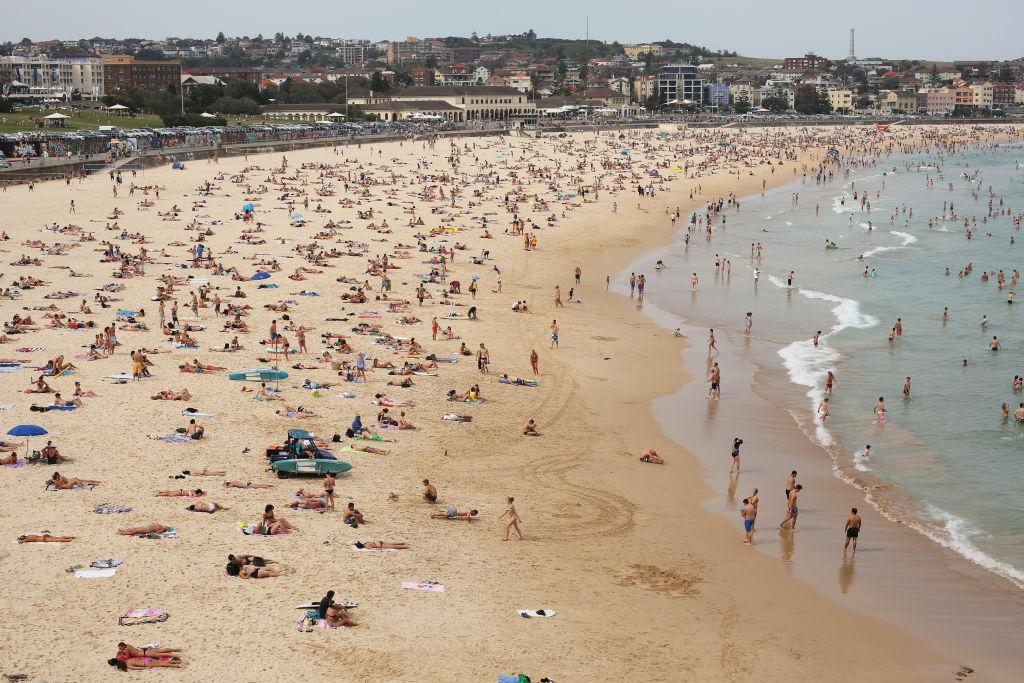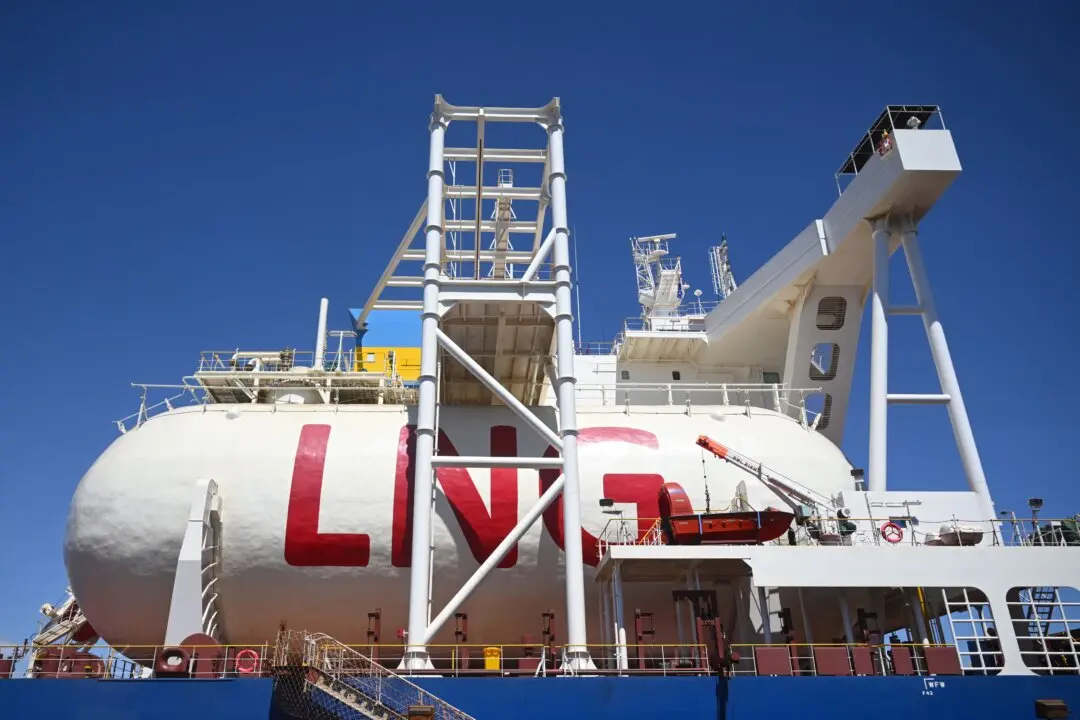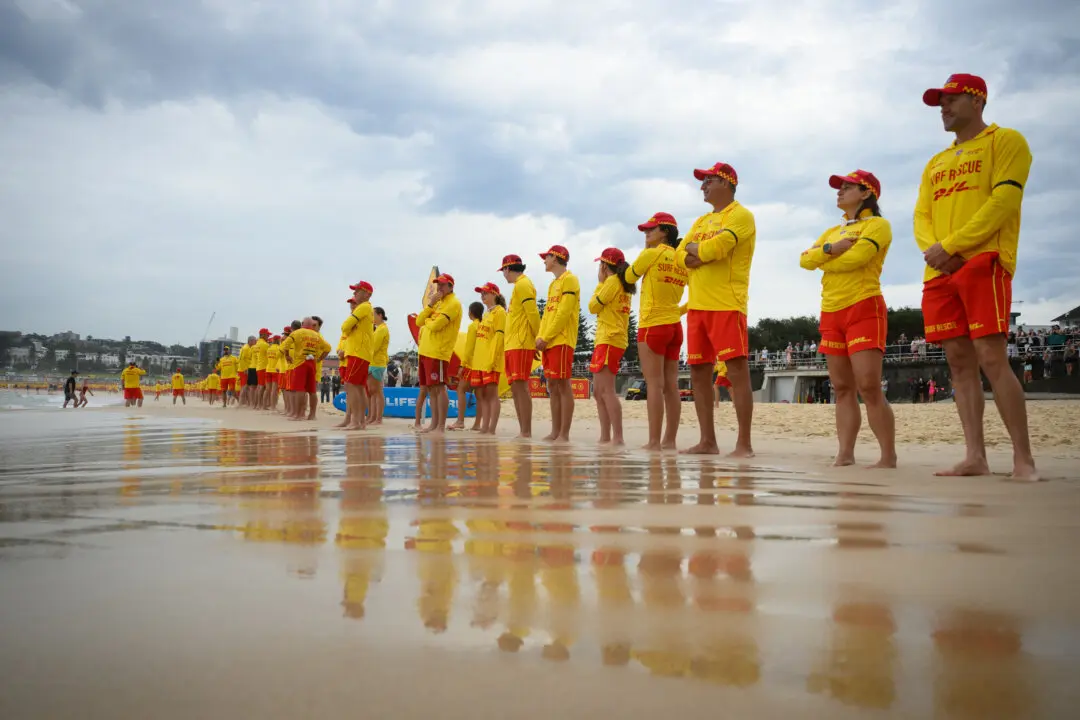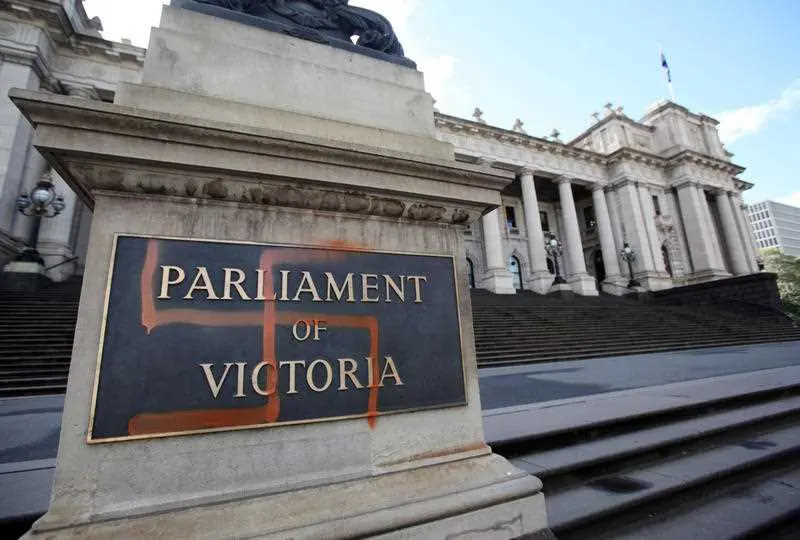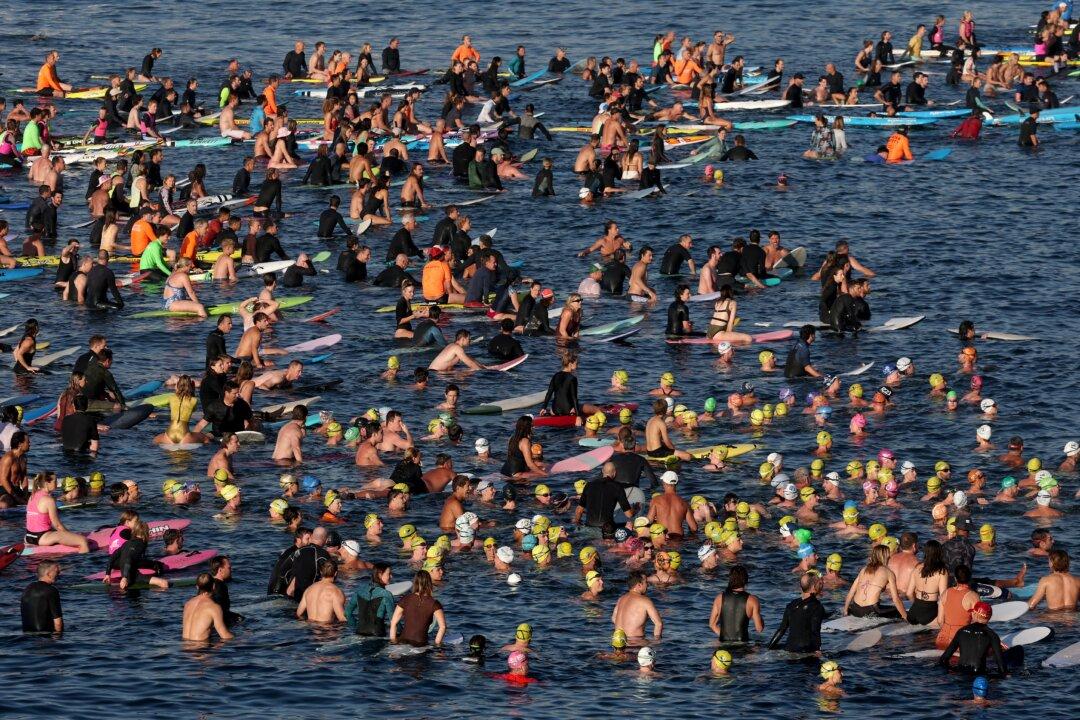Temperatures across southeast Australia are set to soar for at least the next four days, with some areas reaching 45 degrees.
Heat building over western NSW will push towards the coast over the weekend and early next week, forcing temperatures up to 16 degrees above average.
